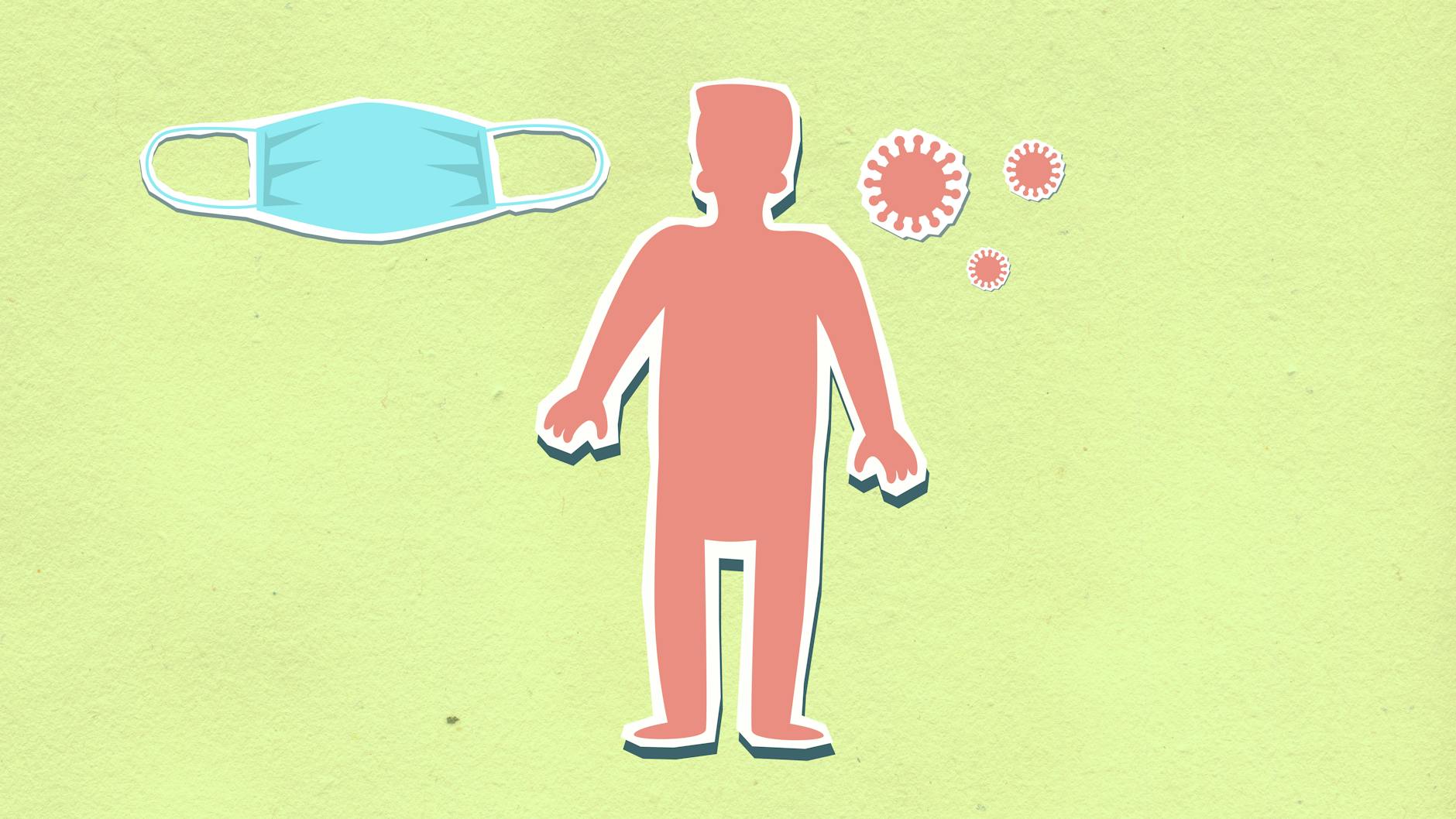As electronic cigarettes, commonly referred to as e-cigarettes or vapes, continue to gain popularity, the concern over their impact on lung health intensifies. While many believe that vaping is safer than traditional smoking, recent vaping studies suggest that these products may not be as benign as we were led to believe.
One of the primary respiratory effects of vaping is lung inflammation. Inflammation occurs when the immune system responds to injury or infection, and prolonged inflammation can lead to permanent damage. Several vaping ingredients, including nicotine, flavoring chemicals, and heavy metals, can trigger this inflammatory response in the lungs. Moreover, additives such as Propylene Glycol and Vegetable Glycerin, which are used to create the visible aerosol, or “vapor,” can irritate the respiratory tract when inhaled.
In addition to triggering inflammation, vaping has been linked to a range of lung diseases. For instance, there has been a surge of cases of e-cigarette or vaping product use-associated lung injury (EVALI). Although the exact cause of EVALI is still being researched, vitamin E acetate, a compound often used in THC-containing e-cigarette, or vaping, products, seems to be strongly linked.
A prevalent vaping misconception that has captured public attention is the “popcorn lung myth.” Popcorn lung, or bronchiolitis obliterans, is a severe lung disease associated with exposure to diacetyl, an ingredient formerly found in microwavable popcorn and some e-cigarette flavors. Despite the phrase’s popularity, there is no confirming evidence linking vaping directly to popcorn lung. However, it is essential to realize that vaping can still negatively affect lung function in various other ways.
Another style of vaping, called sub-ohm vaping, involves modifying your device to create massive clouds of vapor. Though it might seem cool, it significantly increases the quantity of vapor inhaled per puff, potentially exacerbating the respiratory health risks associated with vaping. Breathing in higher volumes of these harmful ingredients, even at lower concentrations, can lead to more significant harm.
The impact of vaping on lung health is further complicated by the fact that these products are not extensively regulated. The FDA only began regulating e-cigarettes in 2016, and many products on the market have not been fully reviewed for their health impact. Additionally, there are massive variations in the types of products available, from vape pens to advanced personal vaporizers, making it challenging to study and understand the full extent of health effects.
Research into the long-term effects of vaping is still in its infancy, mainly because of the recent emergence of e-cigarettes. However, the studies conducted so far should be enough to give potential vapers pause. The fact that we don’t fully understand the long-term effects of inhaling vape aerosol doesn’t mean that those effects don’t exist; it merely means we are as yet unaware of the full range of possible health problems.
While certain myths and misconceptions—like the popcorn lung fear—may be exaggerated, it is clear that vaping is not risk-free. The evidence so far indicates that vaping can cause inflammation, negatively impact lung function, and increase the risk of various lung diseases. Whether it is the inhalation of harmful ingredients or the impact of modulating devices for sub-ohm vaping, the risks to respiratory health cannot be dismissed.
Individuals considering vaping as a healthier alternative to traditional smoking should therefore do so with caution. Prioritizing your lung health and familiarizing yourself with the research and facts regarding vaping is always the best decision. For those looking to quit smoking, it may be more beneficial to consider other, safer nicotine replacement therapies or smoking cessation aids.
Sources:
Impact of E-cigarettes on Lung. American Lung Association.
Respiratory Effects of E-Cigarettes. National Institute on Drug Abuse.
Electronic cigarettes and health: the basics. European Respiratory Journal.
